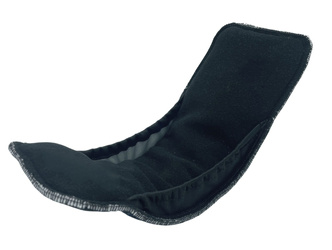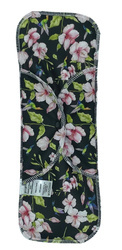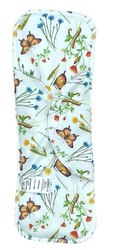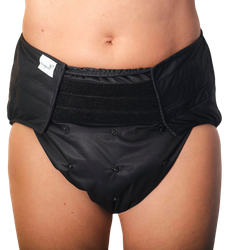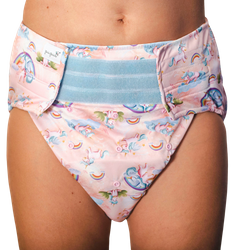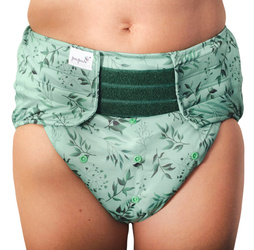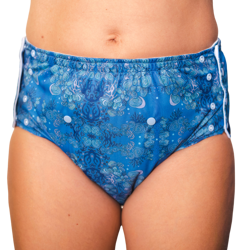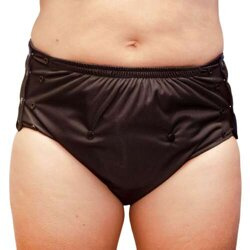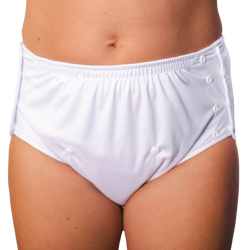Managing Urinary Incontinence: A Comprehensive Guide to Diapers and Pads

Managing Urinary Incontinence: A Comprehensive Guide to Diapers and Pads
Urinary incontinence is a common condition that affects millions of people worldwide, irrespective of age or gender. While it may not be a topic people discuss openly, it's important to address it as it can significantly impact one's quality of life. Thankfully, there are products like diapers and pads designed to provide comfort and security to those dealing with urinary incontinence. In this article, we'll explore the different types of incontinence products available, how to choose the right ones, and tips for managing urinary incontinence effectively.
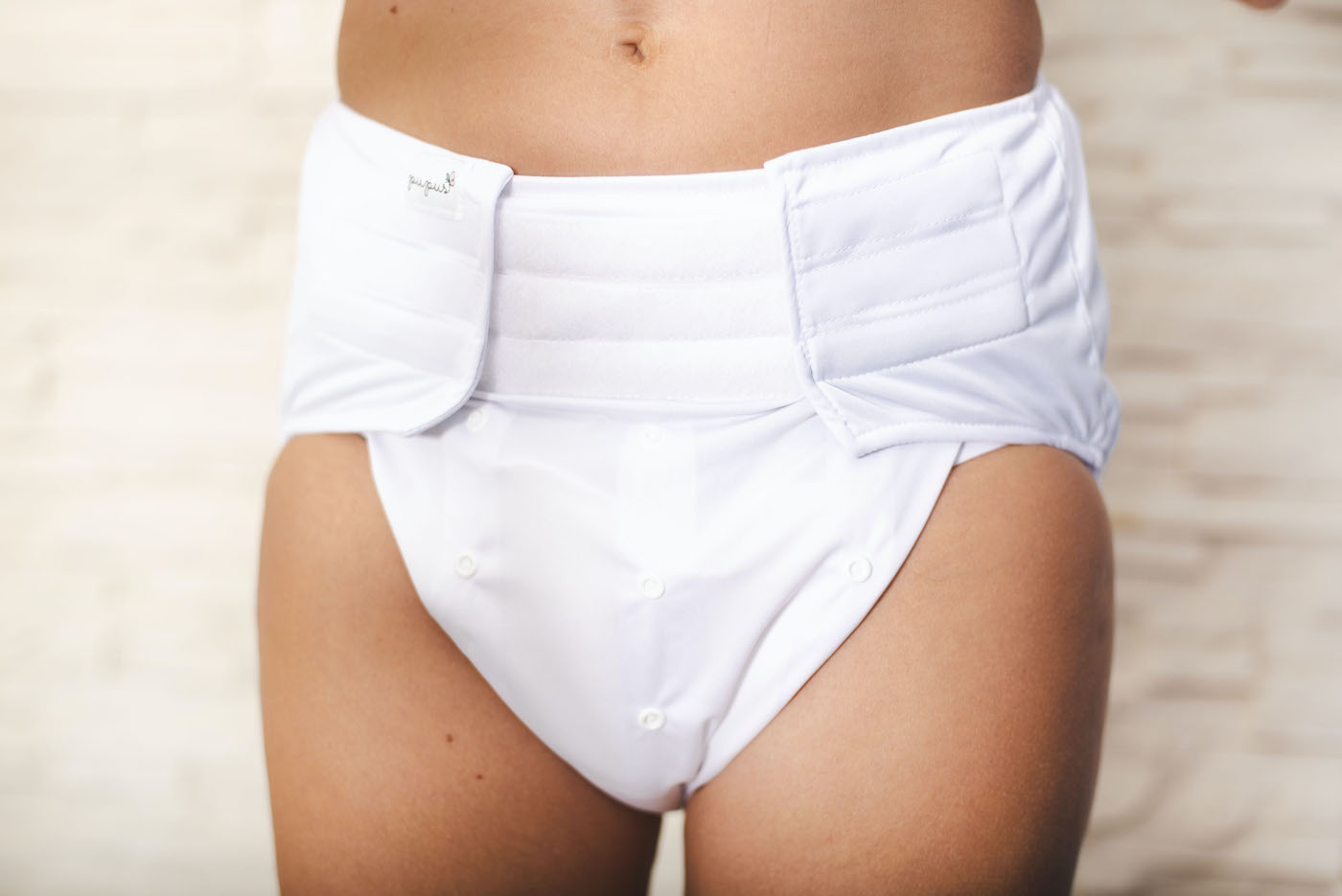
Understanding Urinary Incontinence
Urinary incontinence is the involuntary loss of urine, and it can vary in severity. It may be caused by various factors, including age, pregnancy, childbirth, medical conditions, or lifestyle choices. To manage it effectively, individuals have a range of products at their disposal, with diapers and pads being the most commonly used.
Types of Incontinence Products
1. Disposable Diapers: Disposable adult diapers are a popular choice due to their convenience and ease of use. They come in various sizes and absorbency levels to suit different needs. These diapers are discreet and can be worn beneath regular clothing.
2. Reusable Diapers: Reusable cloth diapers are an eco-friendly and cost-effective option for managing urinary incontinence. They can be washed and used again, making them a sustainable choice. They come in a variety of styles, including pull-on, briefs, and snap-on.
3. Incontinence Pads: Incontinence pads, also known as liners or shields, are designed for light to moderate urinary incontinence. They are thinner and smaller than diapers, making them a great choice for those who don't need heavy protection.
4. Protective Underwear: Protective underwear, sometimes called pull-ups or absorbent underwear, is similar to adult diapers but designed to resemble regular underwear. They are easy to put on and take off, offering both discretion and comfort.
Choosing the Right Product
Selecting the right incontinence product is crucial for comfort and effectiveness. Consider the following factors:
1. Absorbency Level: Choose a product that matches your level of incontinence. Light, moderate, and heavy absorbency options are available.
2. Size and Fit: Ensure a proper fit to prevent leaks and discomfort. Most products come in various sizes, so measure carefully.
3. Disposable vs. Reusable: Consider your preferences and environmental concerns. Reusable options are more sustainable but require regular laundering.
4. Comfort and Discretion: Look for products that offer both comfort and discretion. Nobody wants to feel self-conscious while managing incontinence.
Managing Urinary Incontinence
In addition to using the right products, there are several strategies for effectively managing urinary incontinence:
1. Stay Hydrated: Paradoxically, reducing fluid intake to prevent incontinence can lead to concentrated urine, which irritates the bladder. Staying adequately hydrated is essential.
2. Kegel Exercises: These exercises can strengthen the pelvic floor muscles, helping to improve bladder control.
3. Diet Modification: Some foods and beverages can irritate the bladder, so consider adjusting your diet to minimize triggers.
4. Medication and Medical Intervention: Consult a healthcare professional for guidance. In some cases, medication or surgery may be necessary.
5. Regular Changing: Whether using diapers or pads, regular changing is essential to maintain hygiene and comfort.
Conclusion
Urinary incontinence is a condition that can affect anyone, but with the right products and strategies, its impact on daily life can be minimized. Diapers and pads are crucial tools in this journey, offering comfort, discretion, and peace of mind. Choosing the right product, combined with a holistic approach to management, can help individuals lead a fulfilling life despite this common condition. If you or a loved one is dealing with urinary incontinence, don't hesitate to seek advice from healthcare professionals to find the best solutions for your specific needs.
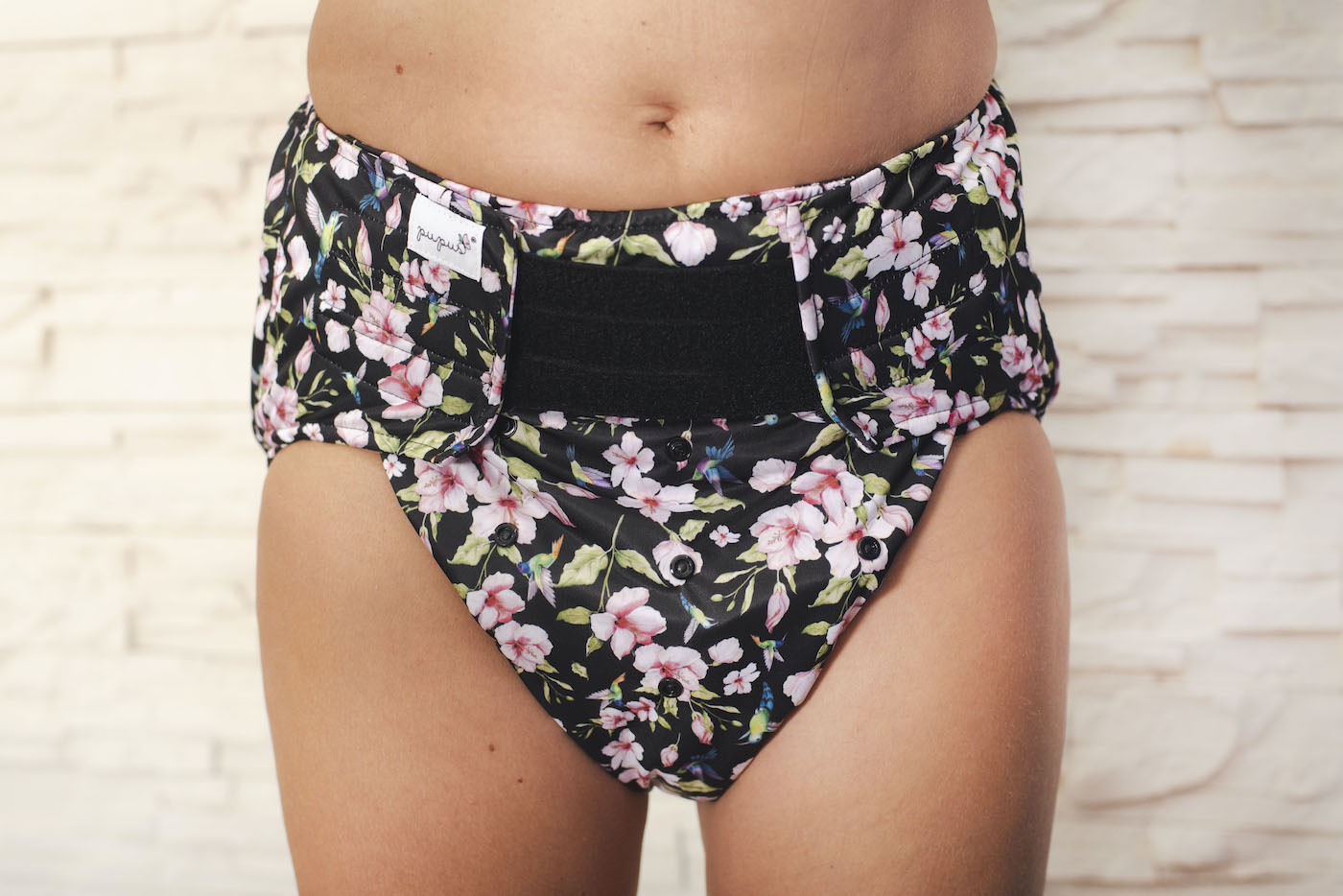
Recommended
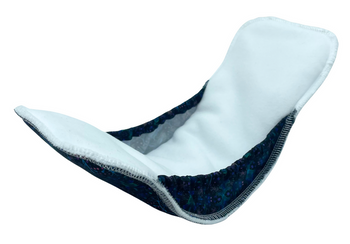
Sanitary pad for MEN for urinary incontinence - White inside - 130ml
